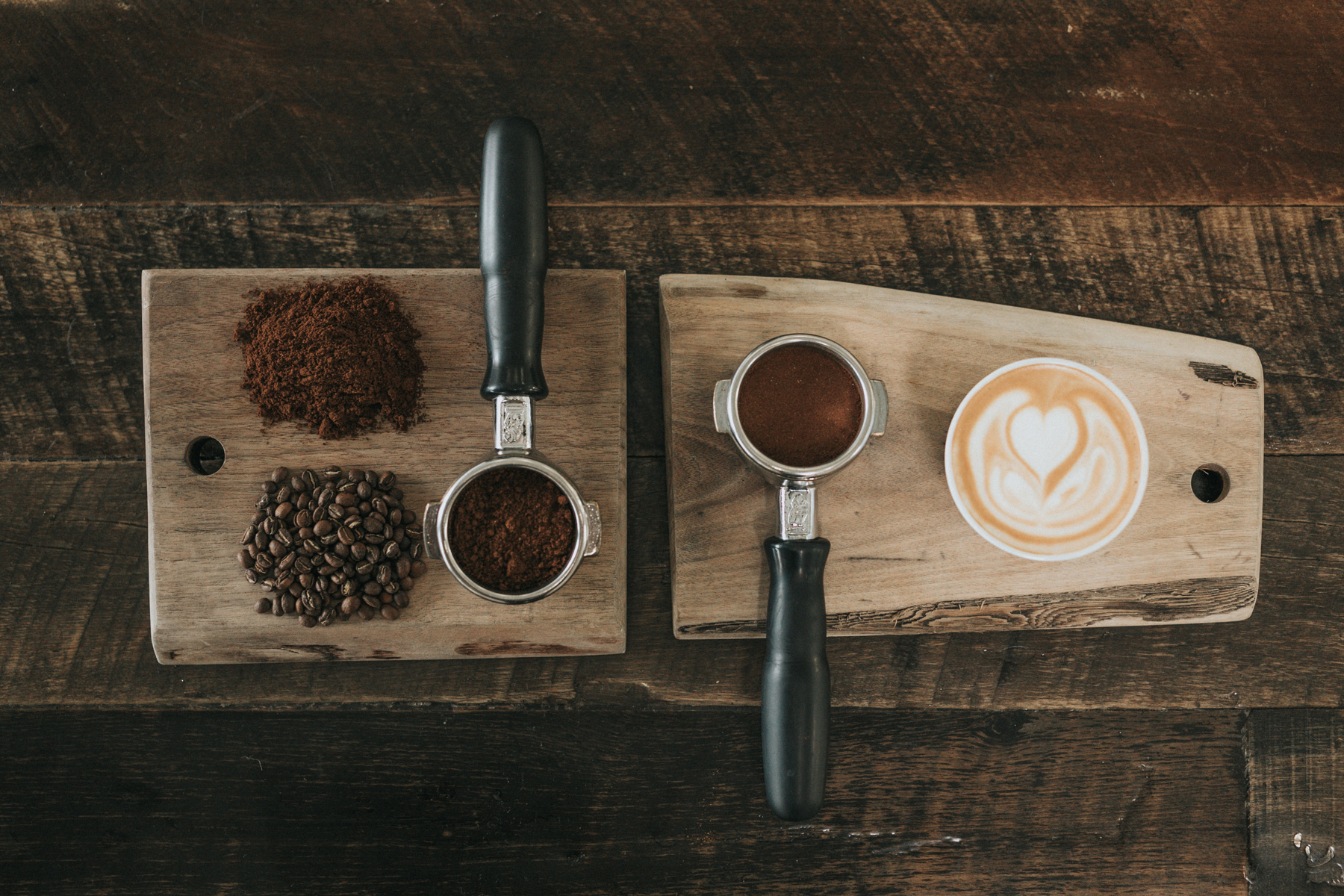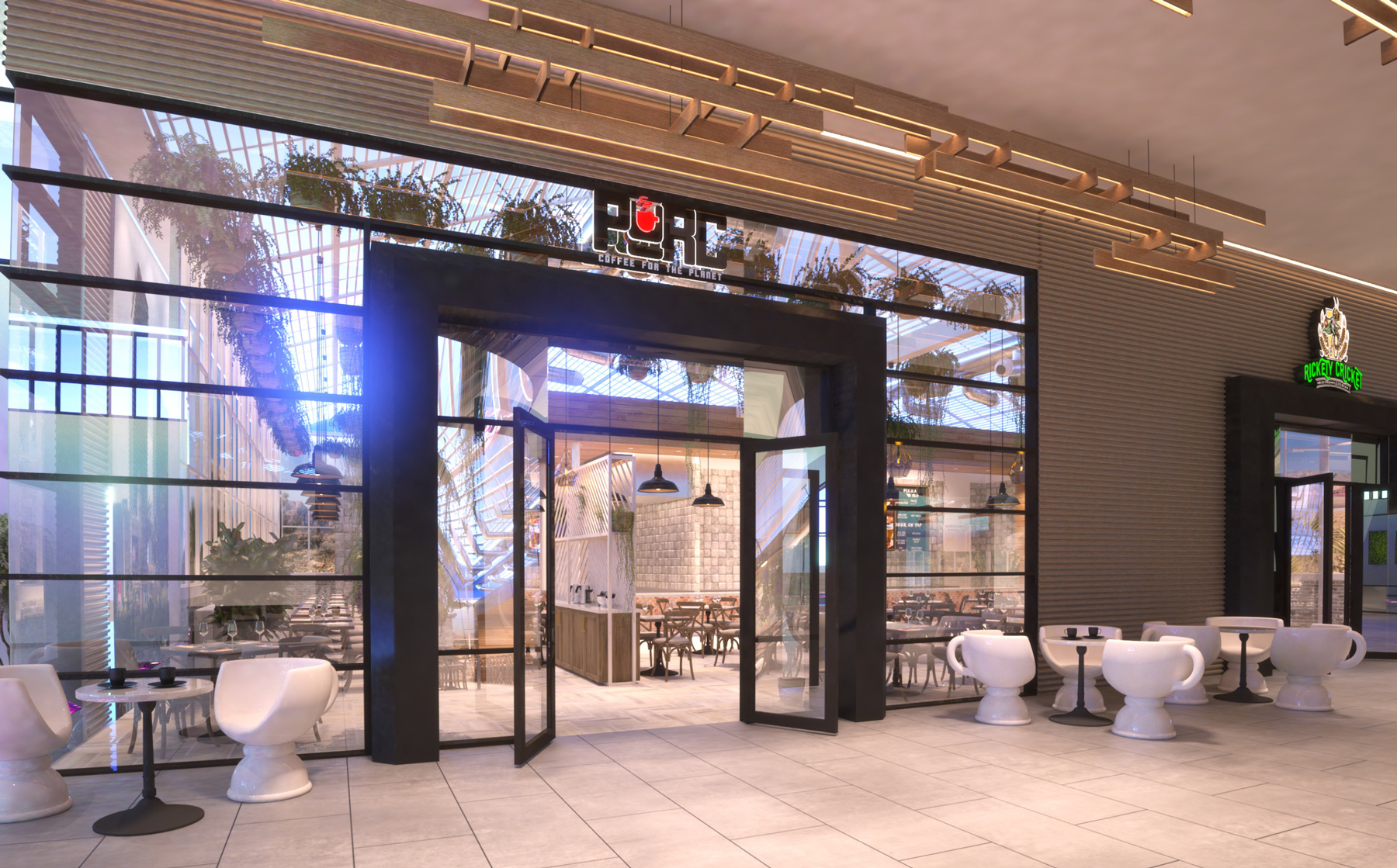It is believed that people first started drinking coffee in the 15th Century, though there are numerous accounts which place the date much earlier. For many people, the discovery of this beverage has proven to be invaluable, as it provides them with the means to get out of bed each morning. Coffee is much more than a drink, though. A huge amount of work goes into producing it, and much of the process has to be handled by a trained professional. With the opening of Purc Coffee inside Planet 13 looming, we’re going to be exploring some of the steps which go into making the perfect brew.
The Beans & Grind
All of the best coffee shops in Las Vegas use fresh coffee to make their brews. This will usually start with roasted beans, with light roasts providing the most caffeine, and darker ones being far more flavorsome. The barista will grind the beans using a special machine, producing an extremely fine powder which is ready to be brewed. The type of beans which are chosen here is extremely important, with arabica beans being sweeter and milder than their robusta cousins, though coffee shops in Las Vegas tend to offer more than one variety. Ground beans need to be used within a few days or they will lose their freshness.
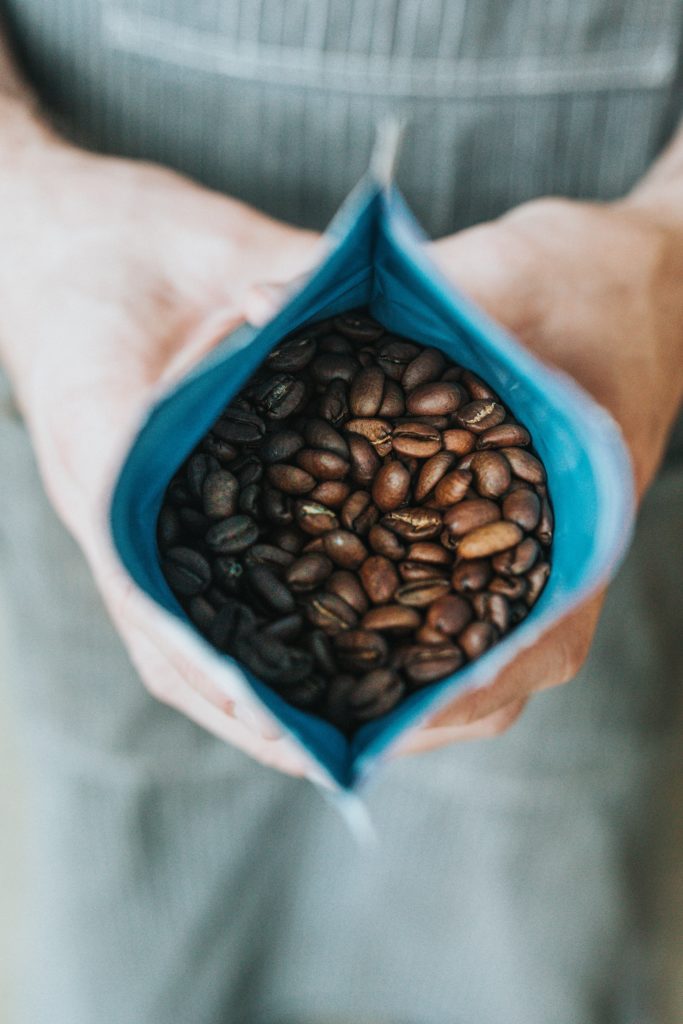
The Brewing Process
Once the beans have been roasted and ground, the most important step in the process of making a quality cup of coffee will be the brew. There are numerous methods which are used for this, and they all offer their own benefits. Espresso is ideal when drank alone or with milk, whereas a french press or pour over can produce black coffee without any need for dilution, and these are the most popular tools used by baristas to make their brews. Time, temperature, and pressure are instrumental in influencing the attributes of the coffee being made, with examples which have had a long time under intense heat and pressure being stronger than those which have had a gentler brew.
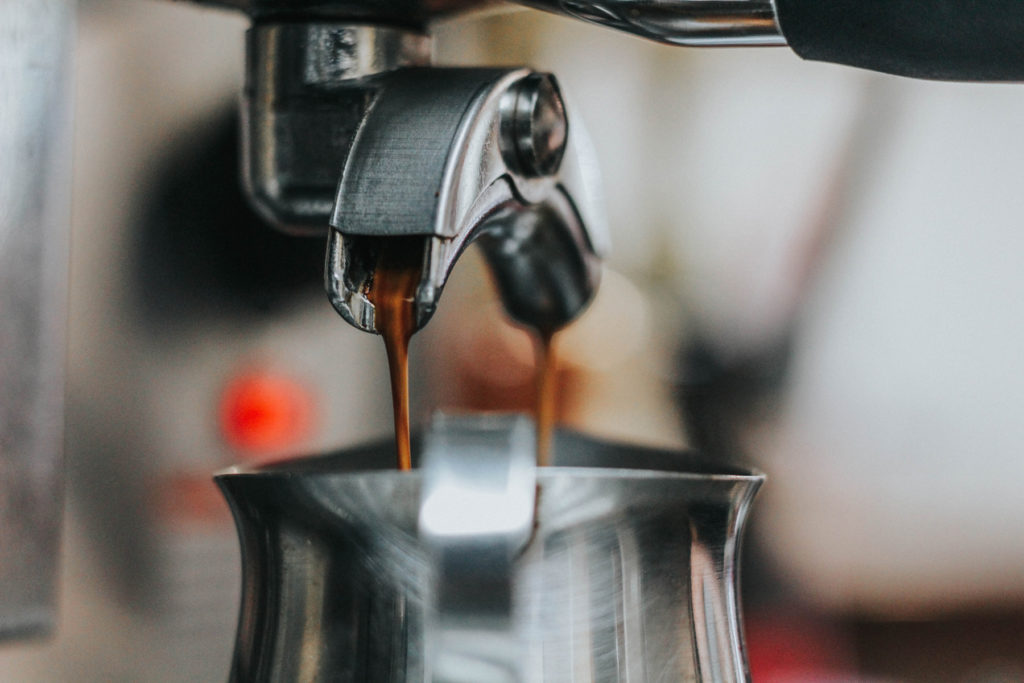
Adding The Milk
When you make a coffee at home, it’s likely that you’ll add milk straight from the fridge, and this means that it will be very cold. A barista won’t add cold milk to their coffee, though. Instead, to make it foamy and smooth, heat will be applied before the two liquids are mixed. This is done using a tool called a steam wand. As steam is expelled from the wand, the barista will spin and lower the milk, keeping it moving to produce the highest quality microfoam. Once heated, the milk will be added to the coffee, often with a little bit of artistic flair. Latte art would be impossible with heat and bubbles, as the milk needs to be able to float to make this effect. Most baristas will use their hands to tell when the milk is ready and to keep it from boiling.
The type of coffee you’re drinking is usually dictated by the amount of milk in it. An espresso will have no milk, while a latte will be made almost entirely from the stuff, with options like flat whites, cortados, and cappuccinos falling in the middle. There are other small elements which divide these beverages, but most baristas would agree that the milk is the most crucial part.
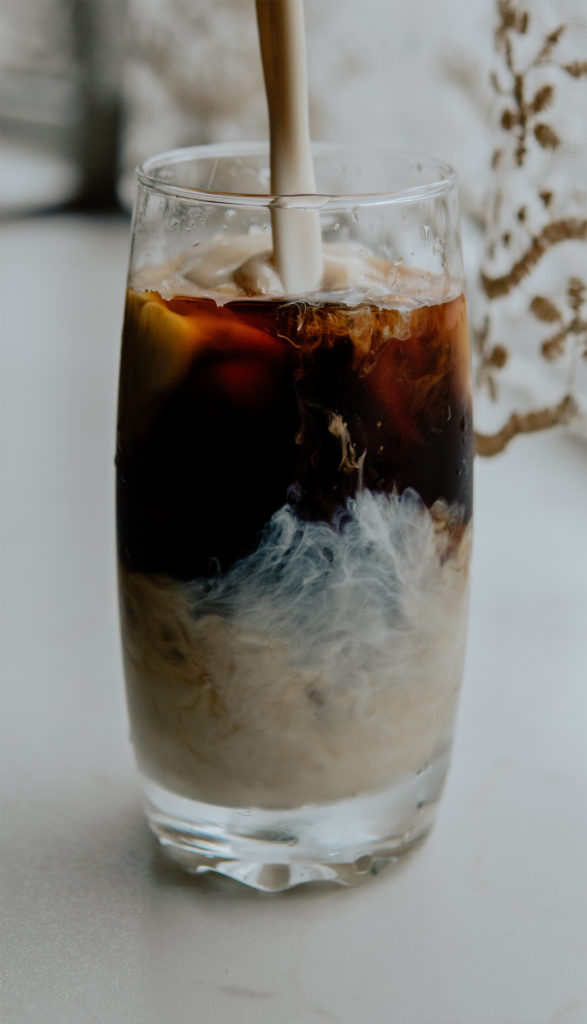 Stay tuned for our grand opening by checking back here!
Stay tuned for our grand opening by checking back here!

